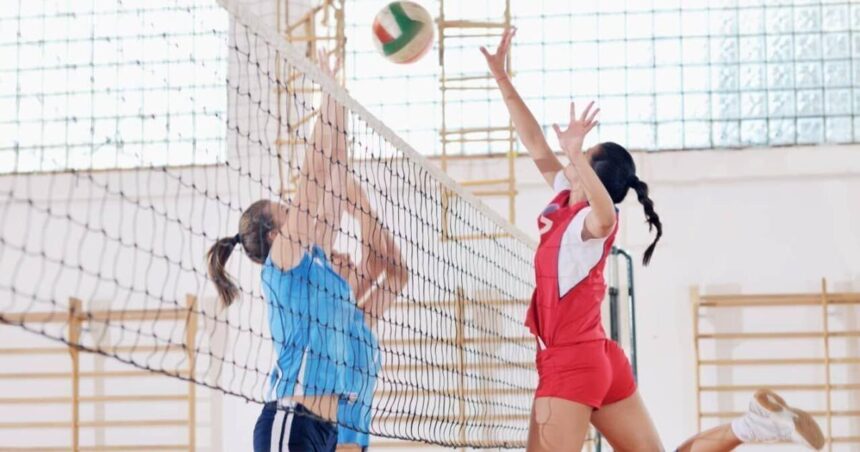Engaging in team or individual sports during childhood can lead to improved working memory, higher academic performance, and increased likelihood of attending college, according to a recent study. Researchers from the University of Sydney found a strong correlation between youth sports participation and academic success, highlighting the benefits of being a student-athlete beyond the sports field.
Using data from the Longitudinal Study of Australian Children (LSAC), the study followed over 4,000 kids aged 4 to 13, tracking their sports participation and academic performance until their twenty-first birthday.
New Findings on the Impact of Sports
The study, published in the Journal of Physical Activity and Health, revealed that long-term student-athletes tend to achieve higher grades, perform better on standardized tests, have fewer absences, and are more likely to pursue higher education.
Dr. Katherine Owen, the lead researcher, emphasized the importance of maintaining youth sports participation to promote overall health and academic success among kids.
Dr. Owen explained, “We know that there is a connection between education and improved health outcomes. This study suggests that prioritizing sports in schools could play a significant role in influencing this relationship.”
The study also found that the type of sport a child plays can impact their academic performance. Those involved in individual sports tend to perform better on literacy tests and end-of-year exams, while team sports players excel at attention and working memory evaluations.
Further research is needed to explore the specific effects of different sports on academic outcomes and to understand how various factors such as practice frequency and intensity influence academic success.
Decline in Youth Sports Participation in the United States
Recent data from the National Survey of Children’s Health (NSCH) revealed a decline in youth sports participation in the United States due to various factors, including the disruption caused by COVID-19. The percentage of kids aged 6 to 17 participating in sports dropped from 58.4% in 2017 to 53.8% in 2022.
This downward trend in sports involvement is most apparent among high school students, with participation rates varying among different demographic groups based on factors like gender, ethnicity, and socioeconomic status.
Challenges in Youth Sports Participation
Despite the well-documented benefits of youth sports, participation rates continue to decline due to barriers such as lack of access to facilities, time constraints, and financial costs. The pay-to-play model in many sports has been criticized for excluding lower-income families from participation.
Efforts are being made to address these barriers and improve access to sports for all children, as physical activity and sports can play a crucial role in promoting lifelong health and well-being.
It is essential to create more inclusive and affordable opportunities for kids to engage in sports, ensuring that all children have the chance to benefit from the positive effects of being a student-athlete.





